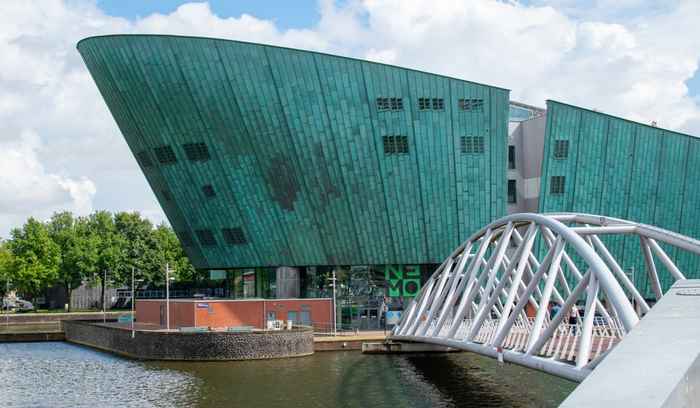Optimizing logistics and maximising educational outreach at NEMO Science Museum

The students developed an integer linear programming model to optimize space allocation and scheduling, enabling NEMO to host an average of 276 more students daily during peak season compared to the original plan. A mixed-integer linear programming (MILP) model was implemented to assign workshops to compatible rooms based on staff availability, capacity, and other logistical constraints, allowing for more workshop bookings. Additionally, logistic regression models were created to predict whether a group would be small (≤32) or large (>32) and to identify how different attributes influence workshop bookings and overall museum visits using available booking data.